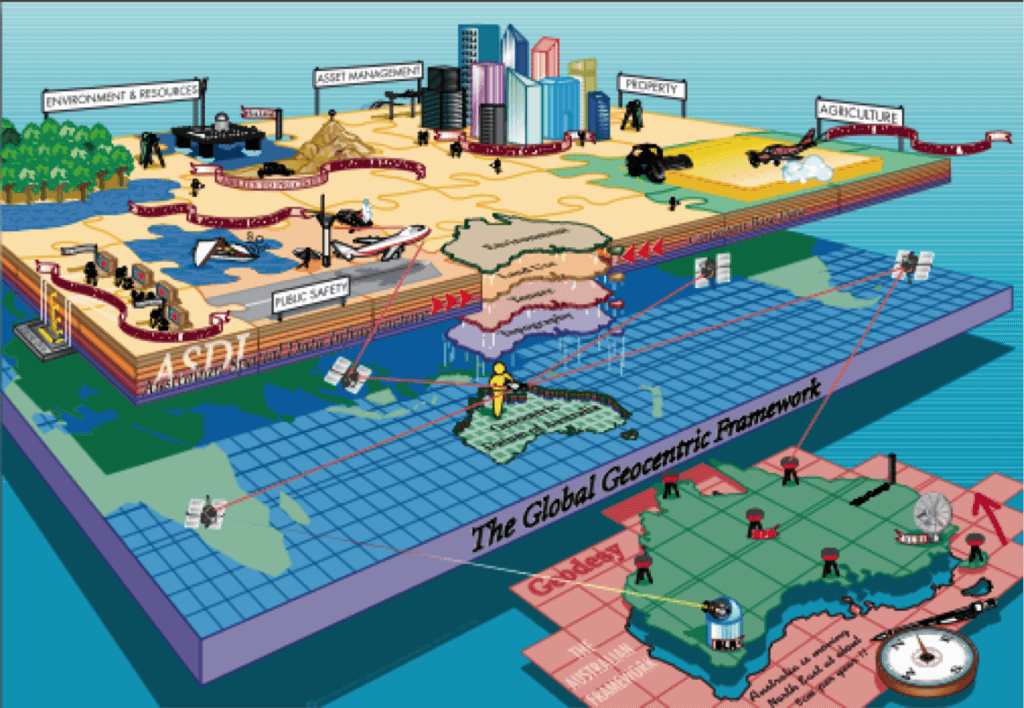Helping farmers to compute how much water to apply variably within their fields, instead of the same level of irrigation throughout, enables precision agriculture. This is the field in which the CSIR’s Dr Nobuhle Majozi is making a difference. Majozi knows just how important it has become that we use water sustainably, especially in agriculture.
In high school, young Nobuhle Majozi wanted to become a radiographer. Not being able to pursue that, she took what might seem like a strange segue to pursue water resources and irrigation engineering for her BSc.
“At this point, we only had a short introduction to remote sensing. I remember the practicals on photogrammetry really fascinated me; little did I know that that would be my chosen career path,” she says. It was only after her MSc that she “sort of stumbled” into a career as a researcher.
Now Dr Majozi, at the CSIR since 2011, says, “In hindsight, I look at the relationship between remote sensing and radiography; the principles are similar in how radiography uses the X-ray to image the human body, while remote sensing uses the electromagnetic spectrum (in which the X-ray falls) to capture natural phenomena on the earth’s surface.”

Precision work
Majozi’s work involves using remote sensing images from satellites in orbit to estimate how much water vegetation, including crops, use. “I use meteorological, soil and plant biophysical data, together with data derived from the satellite images to develop and validate algorithms to estimate soil moisture and evapotranspiration. I use geographic information systems (GIS) and remote sensing tools to process my data.”
She believes this work is important if one considers the increasing necessity of sustainable water resource use, especially in agriculture, while maintaining a healthy ecosystem.
“I am currently working on modelling soil moisture using remote sensing technology for precision crop production. Soil moisture availability has major influences on crop yield. A remote sensing image gives farmers a detailed aerial view of their farm, identifying areas that need immediate attention. The extracted soil moisture information from the remote sensing images gives the farmer spatial changeability of soil moisture within the field, as well as time-based changes in soil moisture during the whole crop growth phase.”
Helping farmers to compute how much water to apply variably within their fields, instead of the same level of irrigation throughout, enables precision agriculture. “The information we provide, when used effectively, reduces input costs such as energy and water, fertilisers and pesticides,” she adds.
Changing the status quo
Majozi is very supportive of girls planning a career in the science, technology, engineering and mathematics field. “It is possible to do it. Remember you are challenging the status quo. Be willing to put in the time from the beginning,” she says.
About success
“I am quickly learning that success is not about how much money one has, but contributing positively to humanity. Success is many things: the sense of fulfilment for accomplishing what I set out to do each day; watching my daughter grow up into a healthy, happy human being; or just helping someone through a challenging time.”
Current position: CSIR researcher
Career type: Geospatial scientist
Current research interest: Water resources modelling using remote sensing technology, especially in precision agriculture
Education: PhD in remote sensing, specialising in water use, University of Twente, the Netherlands, 2020







